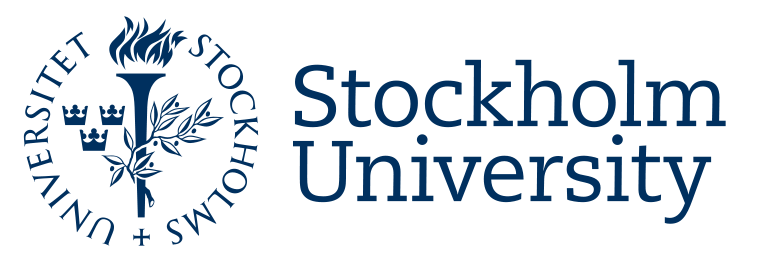Project aims
The aims of the project, couched in terms of a developing manifesto
- We aim to reassess the aesthetics and performance ideals of the Late Enlightenment (the period c.1750-1815) as they impact – and may impact – the reception of the period as well as performances today.
- We question the validity of such stylistic concepts as ‘baroque’, ‘rococo’, ‘classical’, ‘pre-romantic’, ‘romantic’, etc., as labels used to describe artistic products and historical periods. Instead, we propose a historiographical approach centring on ideological currents.
- Our approach to theatrical events and works of art takes as its starting point the interrelation of ideological/philosophical, aesthetic/hermeneutical and artistic/technical dimensions.
- We regard all work-concepts as ideological constructs. In accordance with the emerging work-concept of the Late Enlightenment, the basis of our approach is the interpretation of the libretto and the score as one work of art in its own right, to which poet and composer expected interpreters to ‘stay true’. Within opera, this work-concept was formulated in Christoph Willibald Gluck’s preface to Alceste (1767).
- The non-dualistic concept of ‘aesthetics’, coined by Alexander Baumgarten in 1735, is derived from Greek αισθητικός (“sensitive, perceptive”), from αισθανεσθαι (“to perceive (by the senses or by the mind), to feel”), and is closely related to the concept of ‘sensibility’. We aim to explore and revive in performance the aesthetics fundamental to individual works from the period.
- We understand ‘theatricality’ as the dynamic relationship between audience, performers and dramatic illusion, which may be characteristic of a period, implied by a work, or unique to a performance. We aim to understand all of these, and to revive in performance especially the theatricality implied by individual works.
- We regard prescriptive sources (e.g. books on acting and singing, or books on classical rhetoric) and descriptive sources (e.g. pictures or accounts of concrete performances) as equally central to a broad understanding of the theatrical aesthetics of a period or a production, including the implicit acting ideals. We draw on both types of sources when studying the theatre from the period or when reviving its repertoire.
- We regard the command of historical techniques of playing, singing and acting as crucial to a historically informed revival of the repertoire from this period. However, we do not regard the adherence to a certain period or national style as an aim in itself; if the command of such a style serves any purpose, it is to realize the work’s aesthetic potentials in performance, and hence the specific always takes precedence over the general.


